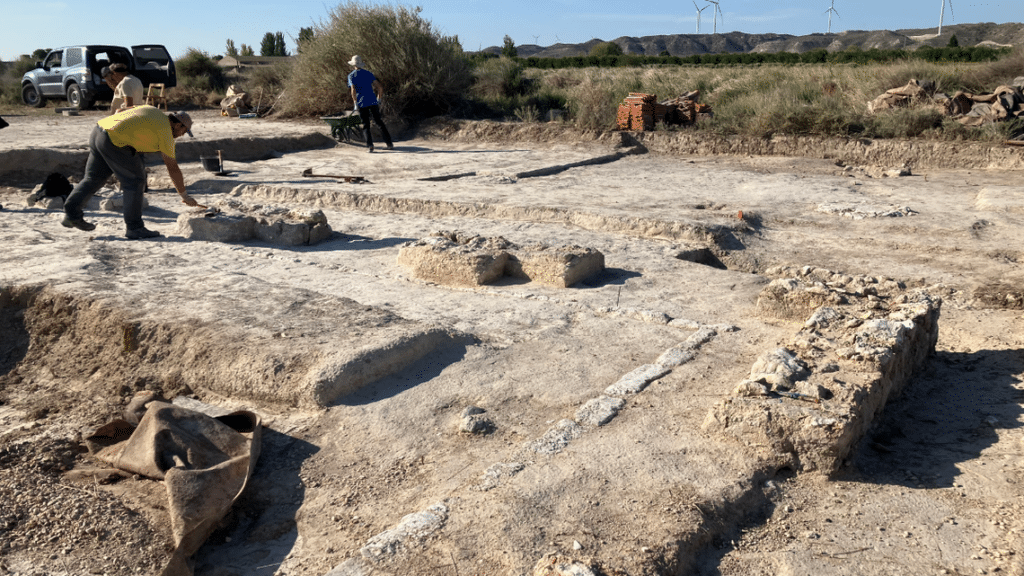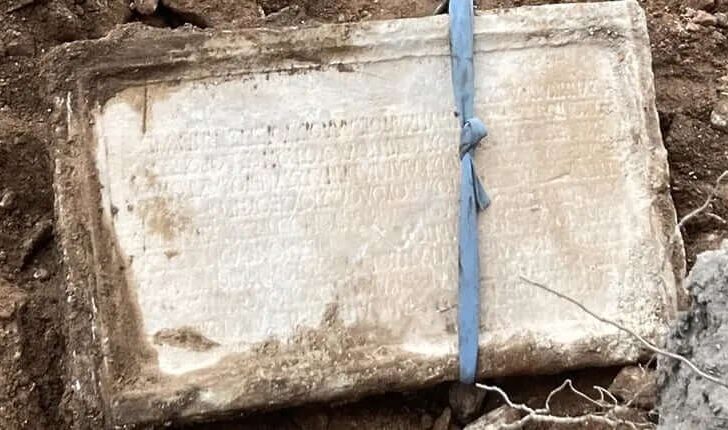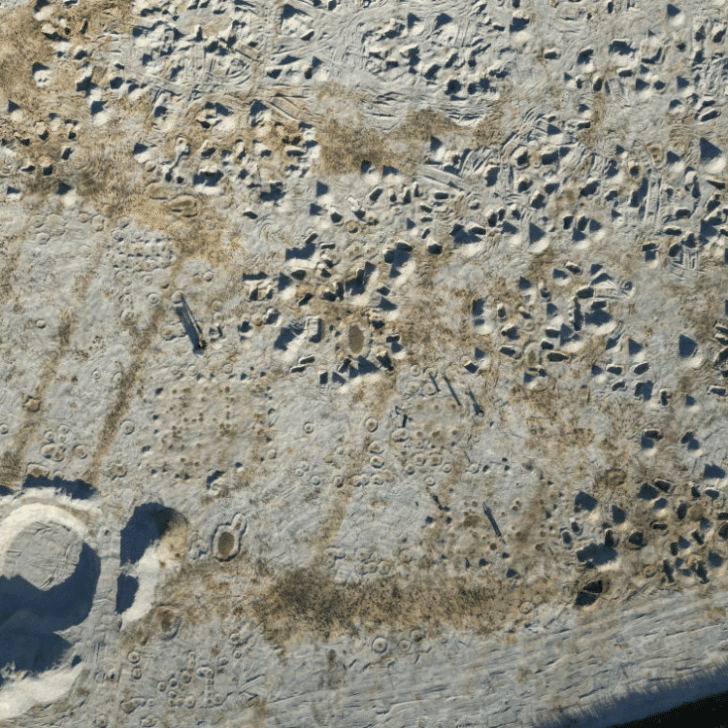Spain’s archaeological landscape recently unveiled a mesmerizing chapter from its Roman era. Nestled in La Cabañeta near the Ebro River, researchers discovered an ancient Roman plaza. Estimated to be around 2,000 years old, this plaza offers a window into an architectural marvel and a city’s tragic narrative.

Table of Contents
The Oldest Plaza in the Iberian Peninsula
Situated within the vast expanse of the Iberian Peninsula, encompassing Spain, Portugal, and parts of France, this newly discovered plaza stands out. Recognized as the oldest of its kind in the region by the University of Zaragoza, its significance in understanding Roman urban structures cannot be understated.
A City Lost to Conflict
Established circa 200 B.C., this city’s existence was short-lived. A mere century post-establishment, a devastating civil conflict brought its end. This tragic chapter aligns with the brutalities of the Sertorian War, as detailed in a 2022 Journal of Roman Archaeology study. The war, linked to the First Roman Civil War, was notorious for its ruthless sieges, resulting in towns being decimated and severe repercussions on their inhabitants.
The Return of the Archaeologists
After nearly a decade-long hiatus from the site, July saw archaeologists retracing their steps to this enigmatic location. Their dedication led them to the city’s heart: the enormous central plaza. Alongside, the remains of a detailed portico, embellished with tiles, took center stage. Evidence also pointed towards chambers, suggesting they were centers of commerce.
City’s Significance and Final Days
Borja Díaz, the excavation’s co-director, shed light on the city’s structural nuances. With its grid layout, it likely functioned as a hub for traders voyaging along the river. Notably, findings indicate a cataclysmic event around 70 B.C. that sealed the city’s fate. Díaz also hinted at the potential discovery of human remains, further diving into the city’s tragic history.
Part of a Greater Roman Tapestry
Spain’s discovery adds to the series of Roman architectural finds dotting the Mediterranean landscape. Noteworthy mentions include France’s Roman-era building housing thermal baths and Greece’s Roman-era stadium-lake structure.
In wrapping up, this city’s tale, marked by its splendid plaza and catastrophic end, encapsulates the ebb and flow of history, awaiting excavation and storytelling.
- Unearthing the Secrets of the Great Sphinx: Lost Relics Resurface - November 19, 2023
- 5 Most Incredible Archaeological Discoveries of Recent Times - November 17, 2023
- Uncovering 3 Mysterious Ancient Battle Artifacts - November 15, 2023



